You have no items in your shopping cart
Hot-dip galvanised steel edge protection and pressure-resistant concrete C35/45 make the TOP system an ideal solution for drainage on cycle paths and pavements, playgrounds and car parks. With covers made of galvanised steel, cast iron and plastic as well as various designs, the system offers special design possibilities in undeveloped areas.
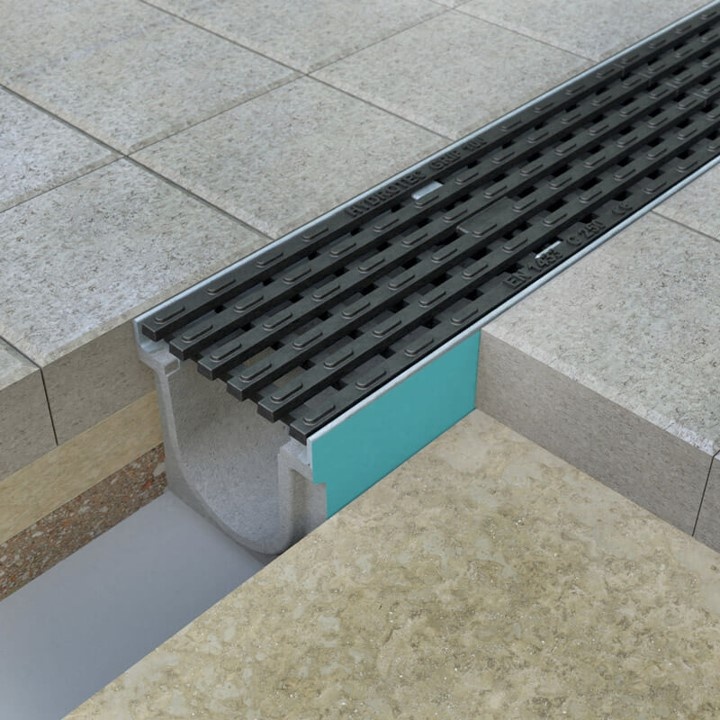 |
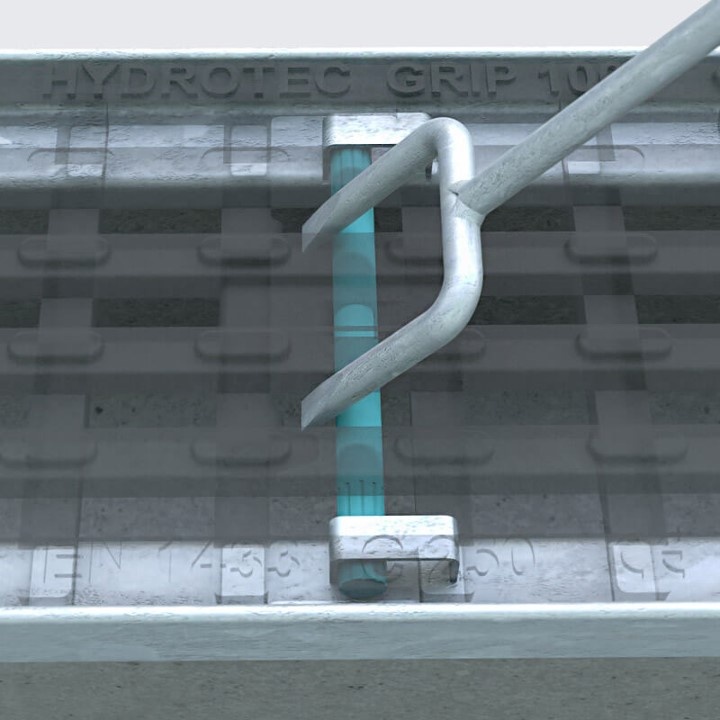 |
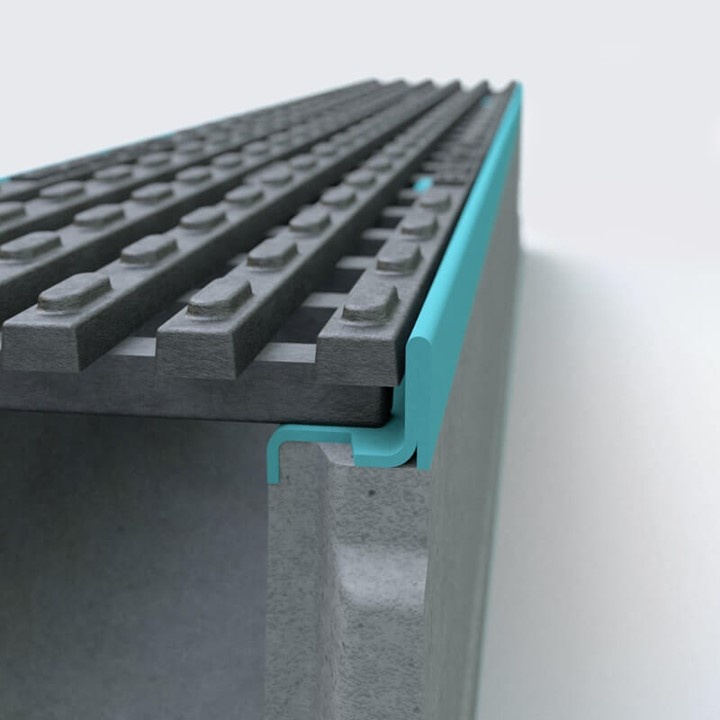 |
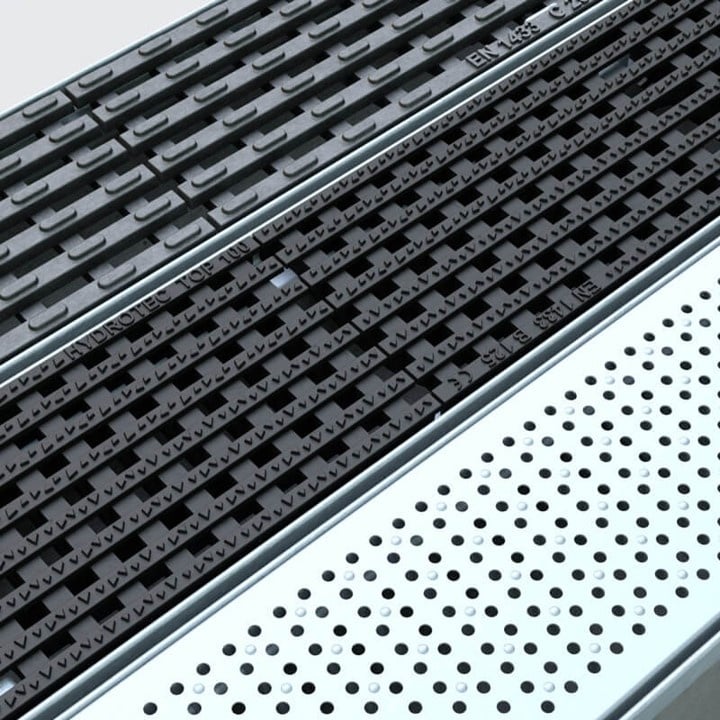 |
Ideal for pavingThe straight outer surfaces guarantee easy and smooth installation.
|
Screwless lockComfortable closing & opening of the gutter using the mounting rod.
|
Edge protectionThe edge protection made of hot-dip galvanized steel is firmly anchored in the concrete and ensures maximum stability.
|
CoversThe covers are available in various materials (galvanized steel, cast iron, plastic) and designs.
|
More benefits
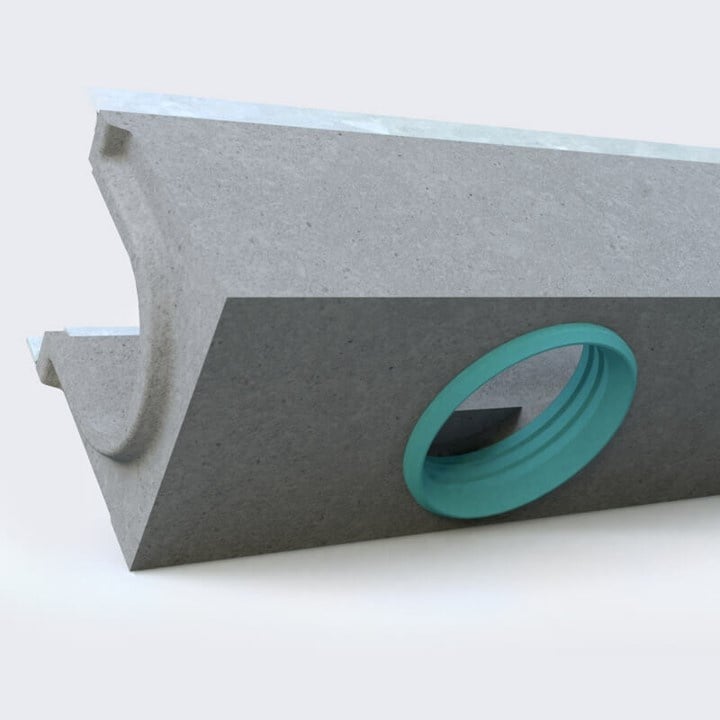 |
 |
Drain elementLiquid-tight connection (incl. sealing ring) for a plastic pipe. |
Special elementCan be used as a corner or T-piece. |
References
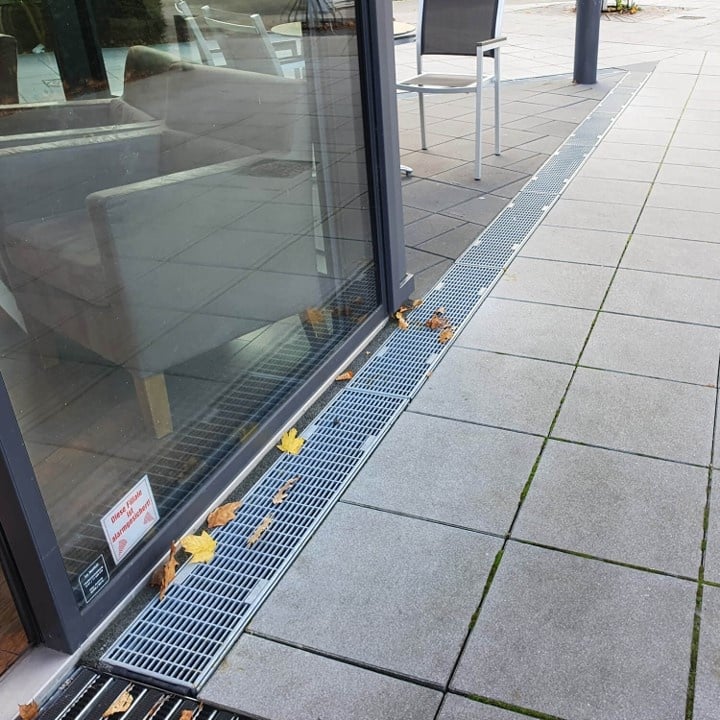 |
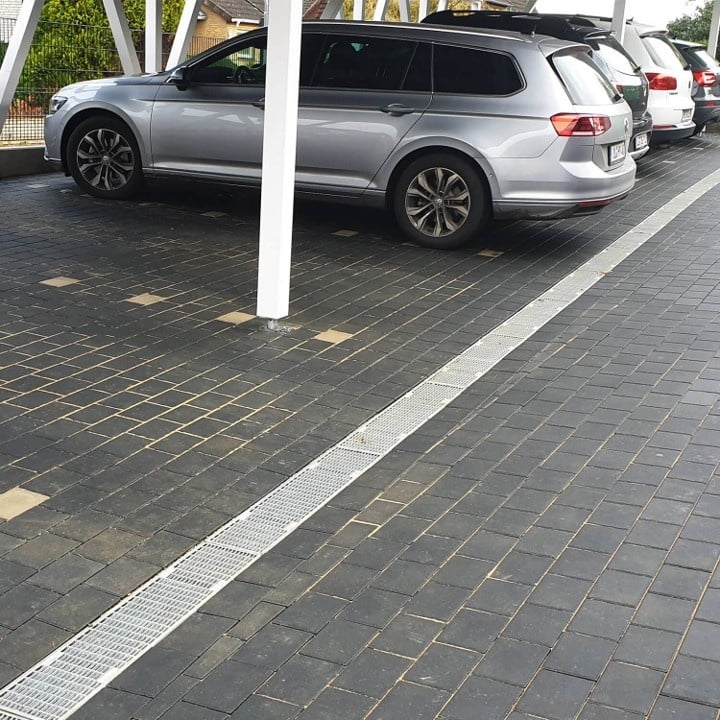 |
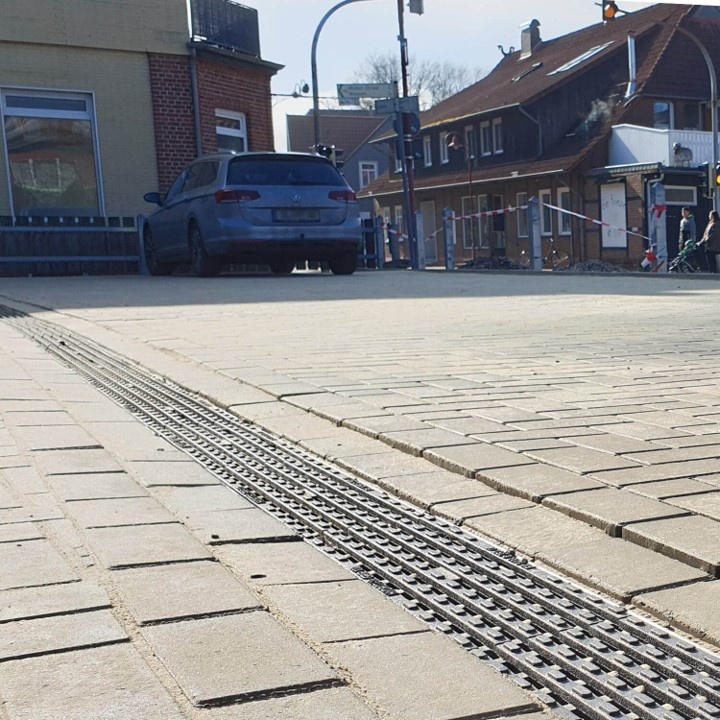 |
Gutter |
Parking lot |
Application in paving |
Installation direction
| The installation direction of the gutters is always against the flow direction and starts at the connection to the base pipe or at the sand trap element. If the elements are laid in two different directions, the profile groove must be removed with a flex or end walls must be used at the meeting of the elements to prevent a gap. When laying, it must generally be ensured that the individual gutter elements are installed vertically and not pushed against each other! | 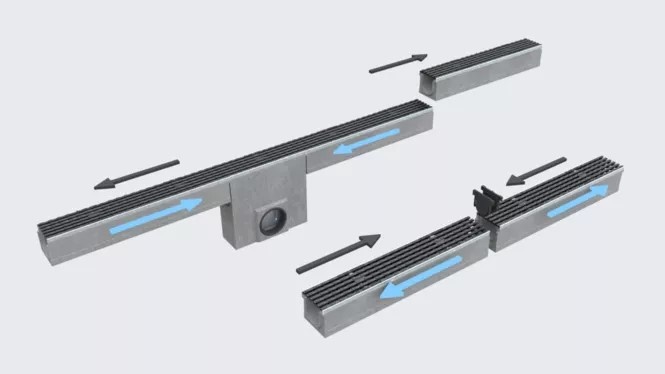 |
| Flow direction = blue arrows, laying direction = black arrows |
Principles of Drainage Channel Construction
- All delivered parts must be checked for perfect condition. Damaged parts must not be installed!
- The choice of the most suitable installation method for your case is the responsibility of the commissioned specialist consultancy firm, which has the necessary knowledge to assess the situation.
- The type of installation of the drainage channels depends on the installation locations with the associated traffic load and the planned hardening. The installation locations are divided into classes A 15 to F 900 in EN 1433. From class C, all cover grilles must be secured in a traffic-safe manner. The foundation of the drainage channels must be in accordance with the traffic load.
- Horizontal loads from traffic or the thermal behaviour of the pavement must be absorbed by a sufficiently dimensioned concrete lining of the gutter bodies and by expansion joints that are applied in the longitudinal direction of the gutter, in particular in adjacent concrete surfaces. Joints transverse to the gutter series must always be applied to the gutter joint. The installation direction of the gutters always runs against the flow direction and starts at the connection to the sewer.
- Adjacent paving must be placed 5 mm higher than the surface of the cover grid or edge protection, taking into account subsequent settlement and subsidence. Appropriate measures must be taken to prevent the road surface and gutters from washing away and flooding.
- Where extreme horizontal forces are expected across the drainage channel, e.g. at road crossings, slip roads or on motorways, the drainage channels must be laterally secured with reinforced road surface concrete.
Load classes according to DIN EN 1433
 |
 |
 |
 |
 |
 |
| Class A 15 | Class B 125 | Class C 250 | Class D 400 | Class E 600 | Class F 900 |
| Footpaths, cycle paths, green areas | Pedestrian zones, parking lots | Roadsides, parking spaces | Public roads and parking lots | Industry, defense, high wheel loads | Airports, industrial estates, very high wheel loads |



